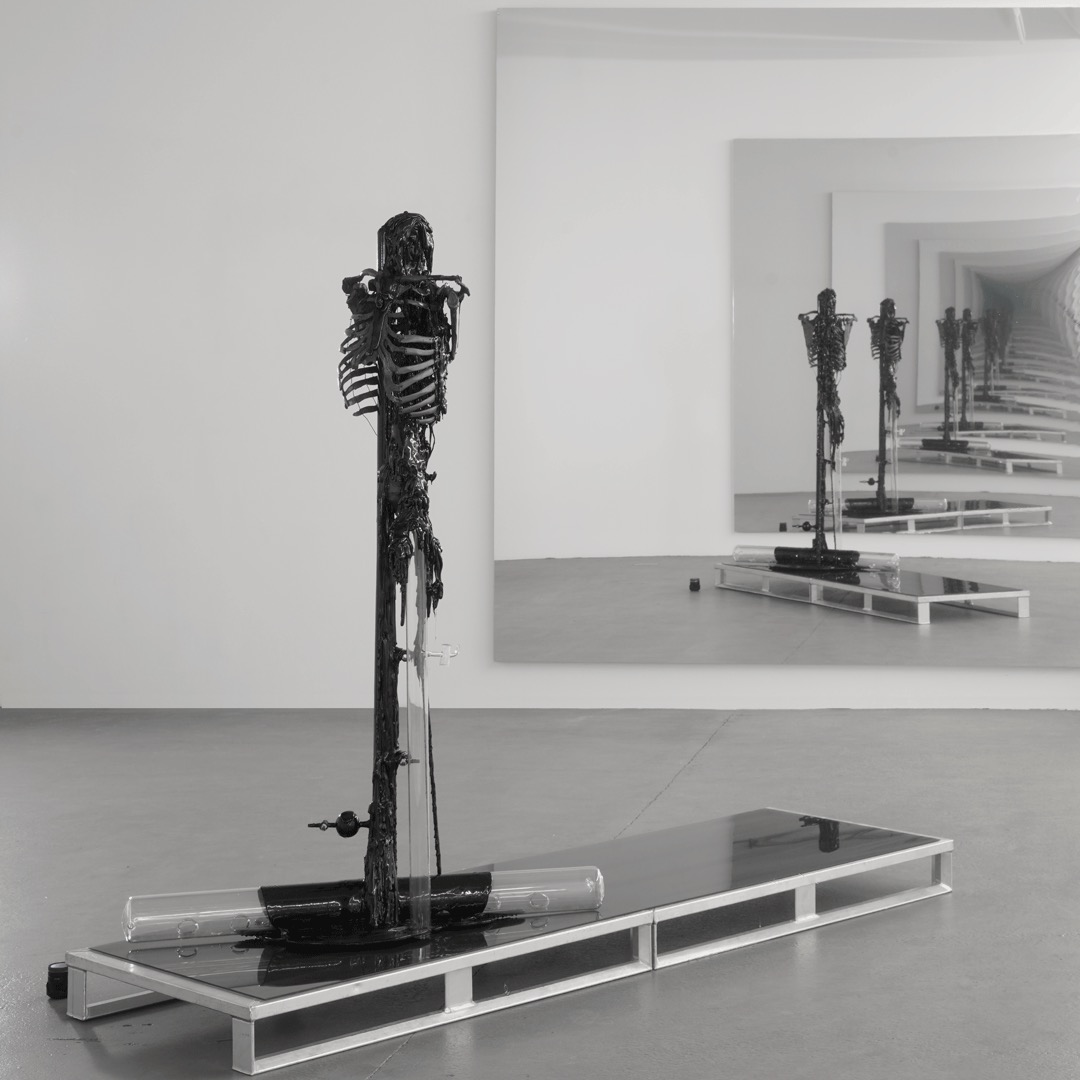





In the Post-Pandemic Art World, an effective exhibition sings a harmonious binary melody; a visual dialogue between art objects and the spaces they occupy. The object and the space, are the two ultimate components for artists to create.

In the Ice Age, it was the scribbling on the cave walls contouring animal and human; in the Renaissance it was the lapis lazuli set in lime plaster depicting pagan gods dancing around the arches, or the battlefields between two republicans on the ceiling. Today digital tools are applied to site-specific art. What has shifted?







Fundamentally, not much, an exhibition space is a field with temporary artworks in-situ. Artists integrate artworks into (non)urban architectural situations, offer the best-suited artworks for the place, creating new artistic icons, with either physical sensation or encrypted excitement.



Martin Wühler's ultra-contemporary artistic practice reflects the paradox of artificiality as a critique within notions of art based on 19th century philosophy.
He transforms objects of different contexts and cultures physically or digitally while moving freely between installation, sculpture, photography and new media. Doubt about reality and the challenges and possibilities of the digital and virtual are at the heart of Wühler's artistic work.
